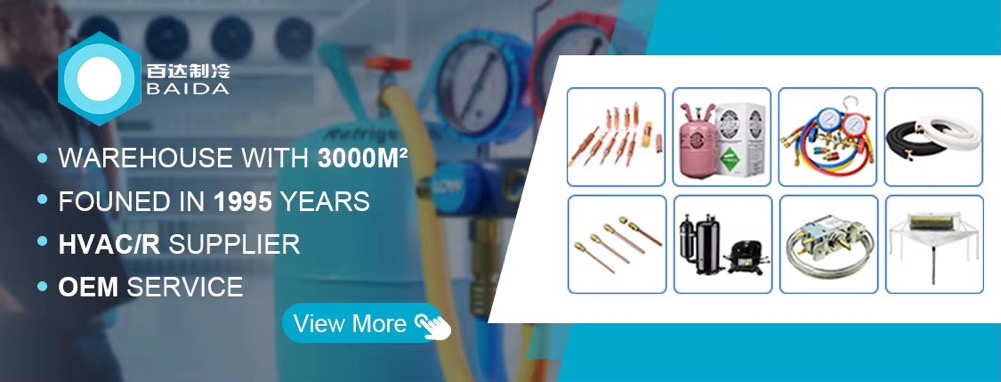Drain pipes are systems used to transport various fluids, and they are responsible for drainage tasks such as rainwater, sewage, and farmland irrigation and drainage.
1. Main features
Corrosion resistance:
Drain pipes are usually made of corrosion-resistant materials such as PVC, rubber, or special plastics to adapt to different drainage environments.
Flexibility:
Drain pipes have good flexibility, which is convenient for bending and adjustment during installation to adapt to different installation environments.
Pressure resistance:
Drain pipes are designed to withstand a certain amount of pressure to ensure that they will not break or leak during use.
Anti-clogging design:
Some drain pipes have an anti-clogging design to reduce the possibility of clogging and ensure smooth drainage.
Multiple sizes and lengths:
Drain pipes are available in a variety of sizes and lengths to meet different installation needs.
2. Application scenarios
Air conditioning drainage: used for condensate discharge of air conditioning systems.
Washing machine drainage: drainage system for washing machines.
Kitchen and bathroom drainage: used for drainage of sinks, showers, etc. in kitchens and bathrooms.
Industrial drainage: drainage system for industrial equipment.








